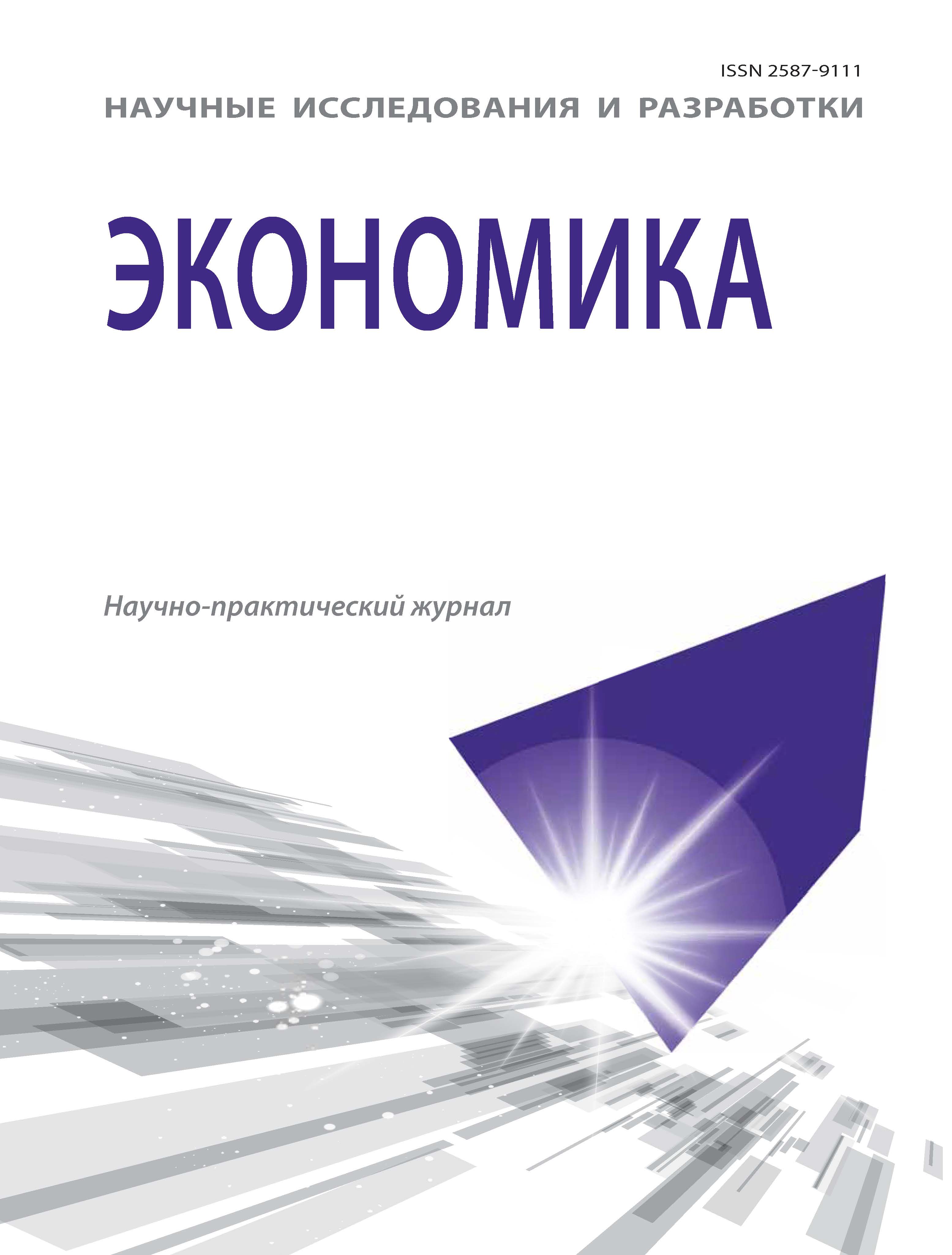Tula, Tula, Russian Federation
Tula, Tula, Russian Federation
Reducing the coefficient of demographic support (the ratio of the number of people of working age to the number of people older than working age) makes the use of the principle of social solidarity underlying the pension system of modern Russia unpromising. Using the equations of financial mathematics, the basic characteristics of a pension system based on the accumulation of pension capital is estimated. The norms for replacing wages with pensions at various levels of the interest rate for increasing pension capital have been established. The obtained estimates showed that even with a pessimistic assessment of the interest rate for increasing pension capital of 2%, a wage replacement rate of 80% can be achieved. The pension system, which based on the accumulation of pension capital, makes it possible to provide decent retirement benefits for workers in modern Russia. It allows you to reduce the tax burden on the economy by reducing the amount of mandatory contributions to the song fund, since even with a pessimistic economic development scenario; the rate of contributions to the pension fund should be much lower than the existing one. Another advantage of the system is the emergence of a new source of long-term investment.
demographic support, pension capital, replacement rate, insurance premium, interest rate, length of service, life expectancy
1. Holzmann R., Hinz R.P., Dorfman M. Pension Systems and Reform Conceptual Framework. SP Discussion Paper. 2008. № 0824. URL: https://siteresources.worldbank.org/SOCIALPROTECTION/Resources/SPDiscussion-papers/Pensions (data obrascheniya: 15.03.2020)
2. Barysheva G.A., Babyshev V.Yu. Faktory stabil'nosti pensionnoy sistemy Rossii // Fundamental'nye issledovaniya. 2020. № 1. S. 58-67.
3. Gurvich E.T. Razvilki pensionnoy reformy: rossiyskiy i mezhdunarodnyy opyt // Voprosy ekonomiki. 2019. № 9. S. 5-39.
4. Davtyan M.A., Krylova L.V. Osobennosti novogo etapa reformirovaniya pensionnoy sistemy RF // Trud i social'nye otnosheniya. 2014. № 2. S. 132-140.
5. Dormidontova Yu.A., Lyashok V.Yu., Nazarov V.S. Vliyanie izmeneniy v pensionnoy formule na prinyatie resheniya o vyhode na pensiyu // Zhurnal Novoy ekonomi-cheskoy associacii. 2015. №1. S. 57-75.
6. Lyashok V.Yu., Maleva T.M., Gorlin Yu.M. Povyshenie pensionnogo vozrasta: pozitivnye effekty i veroyatnye riski // Ekonomicheskaya politika. 2018. T. 13. № 1. S. 148-179.
7. Madatova O.V. Beluhin V.V. Konceptual'nye osnovy finansirovaniya pensionnogo obespecheniya // Finansy i kredit. 2020. № 1. S. 50-61.
8. Nikiforova E.V., Petrov A.M., Sherstobitova A.A. Analiz sistemy obyazatel'nogo pensionnogo strahovaniya v Rossiyskoy Federacii i za rubezhom // Ekono-micheskie nauki, 2019. № 1. S. 97-101.
9. Ovchinnikova Yu.V., Gavrilov D.Yu. Kriterii klassifikacii nacional'nyh pensionnyh sistem // Yuridicheskaya nauka, 2020. № 1. S. 9-13.
10. Omel'chuk T.G., Popov V.Yu. Problemy reformirovaniya pensionnoy sistemy Rossii // Zhurnal Novoy ekonomicheskoy associacii. 2014. №3. S. 107-129.
11. Roik V.D. Pensionnaya reforma: kriterii ocenki // Narodonaselenie. 2013. № 4. S. 4-17.
12. Chichkanov V.P., Chistova E.V. Reformirovanie pensionnoy sistemy Rossii: napravleniya razvitiya i kriterii ocenki // Zhurnal ekonomicheskoy teorii. 2019. T. 16. №4. S. 606-616.
13. Basovskiy L.E., Basovskaya E.N. Postindustrial'nye uklady v ekonomike Rossii. Moskva : INFRA-M, 2017. 159 s.
14. Raymond Markey, Keith Townsend. Contemporary Trends in Employee Involvement and Participation. Journal of Industrial Relations 55(4): 475-487. August 2013. DOI:https://doi.org/10.1177/0022185613489389
15. Adrian Wilkinson, Tony Dundon, Mick Marchington. Employee Involvement and Voice. Chapter. September 2013.
16. Basovskiy L.E., Basovskaya E.N. Ekonomicheskaya ocenka investiciy. Moskva : INFRA-M, 2017. 242 s.






